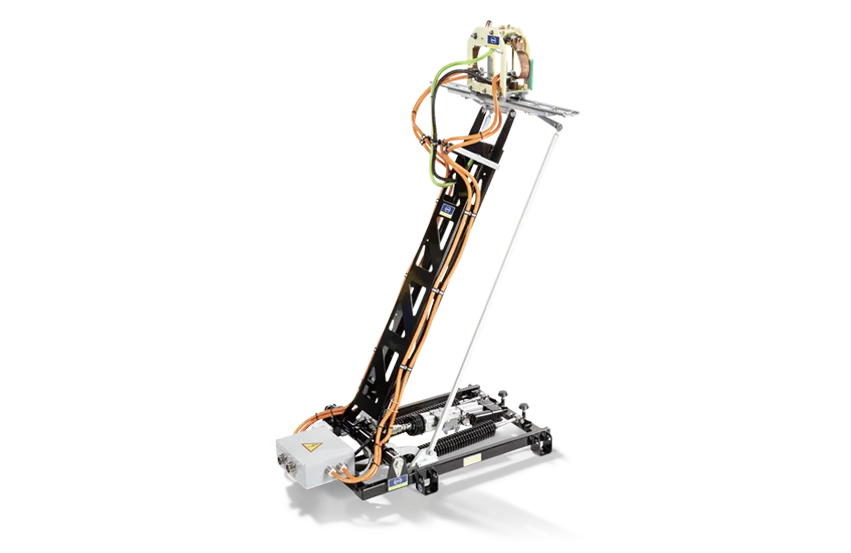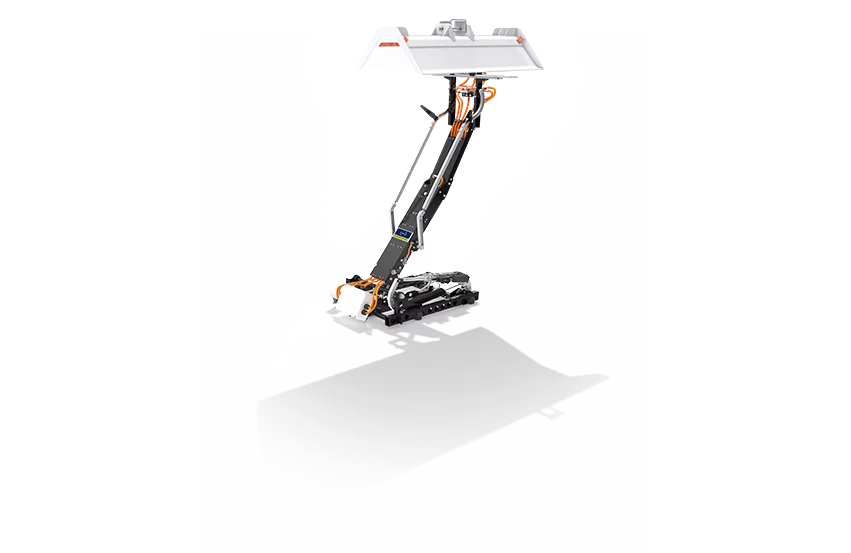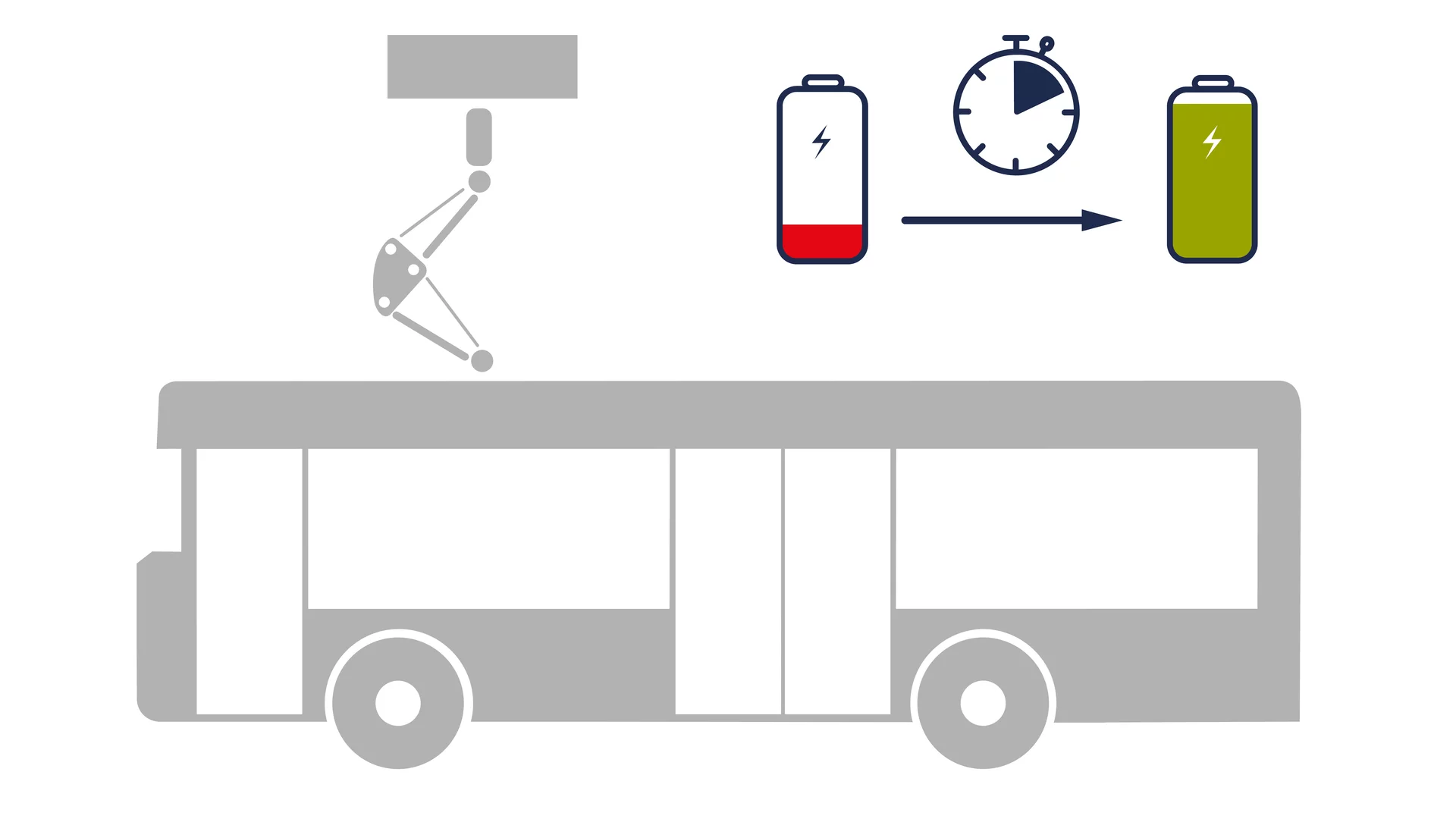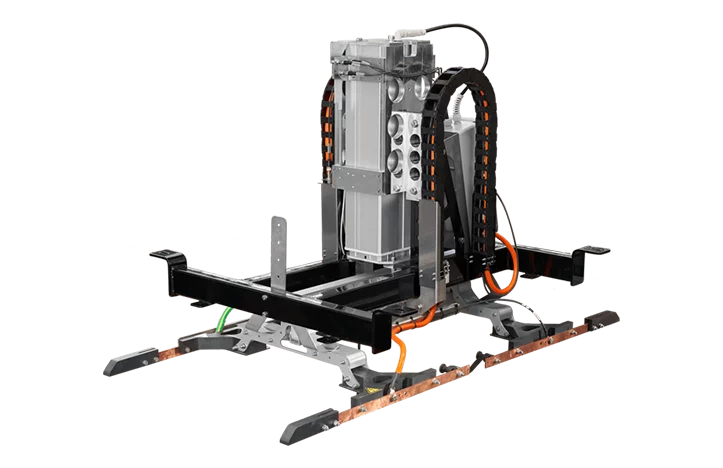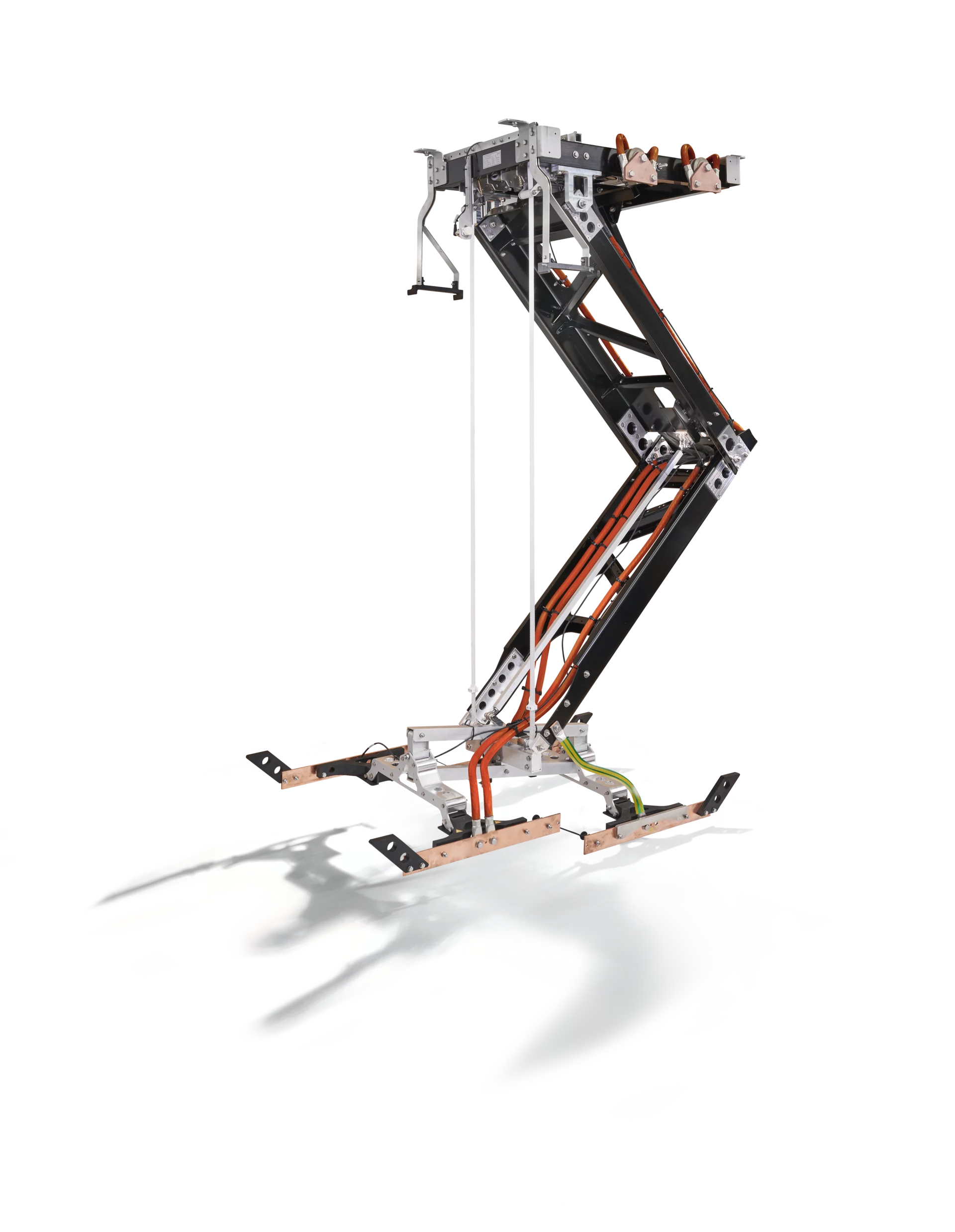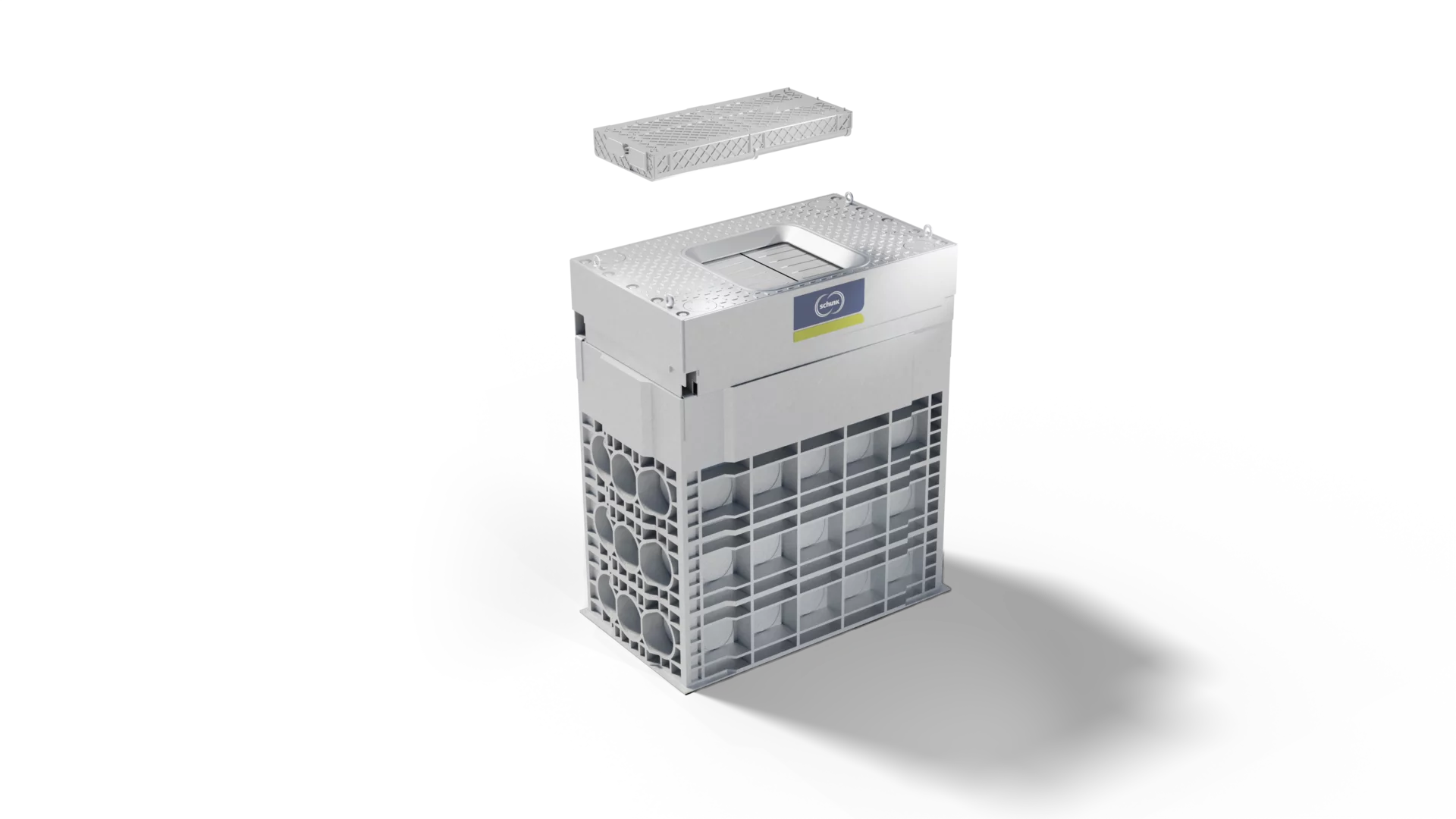Pioneering charging solutions for the mobile future
Roof Mounted Pantograph SLS 102 & SLS 103
The compact roof-mounted pantographs SLS 102 and SLS 103 are mounted on the roof of the e-bus and operate on the "bus-up" principle: the bus stops under the charging station, where the roof-mounted pantograph extends, connects to the charging station and charges the batteries.
Charging Time: from 30 seconds to overnight charging
Charging Power: from 150 kW up to 1 MW
Set-Up Principle: "Bus-Up"
Charging Concept: opportunity charging, flash charging and depot charging
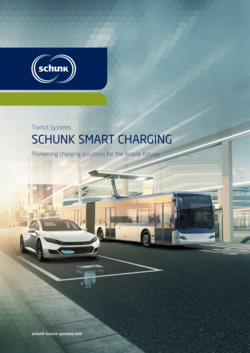
Brochure: Schunk Smart Charging
Add

Case Study: Schunk Smart Charging
100 Cities – 25 Countries: Schunk Smart Charging for Electric Buses is in Use Worldwide
Add
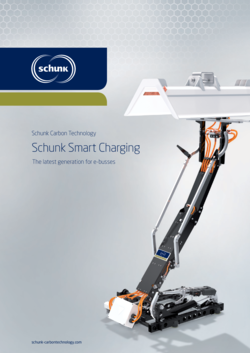
Brochure: Schunk Smart Charging - E-Buses
The latest generation for e-busses
Add
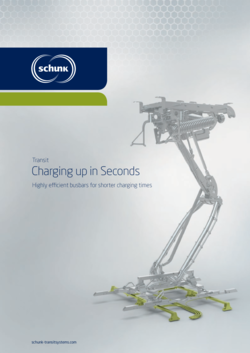
Brochure: Charging up in Seconds
Highly efficient busbars for shorter charging times
Add
Downloads
4 Files online

